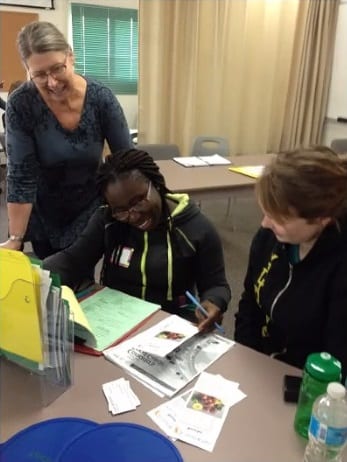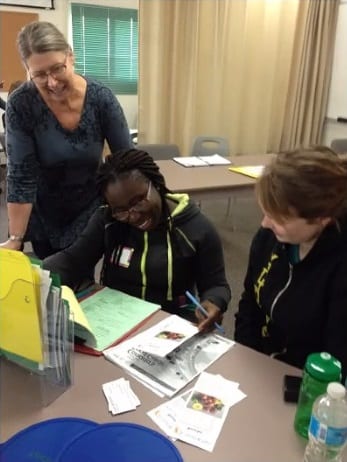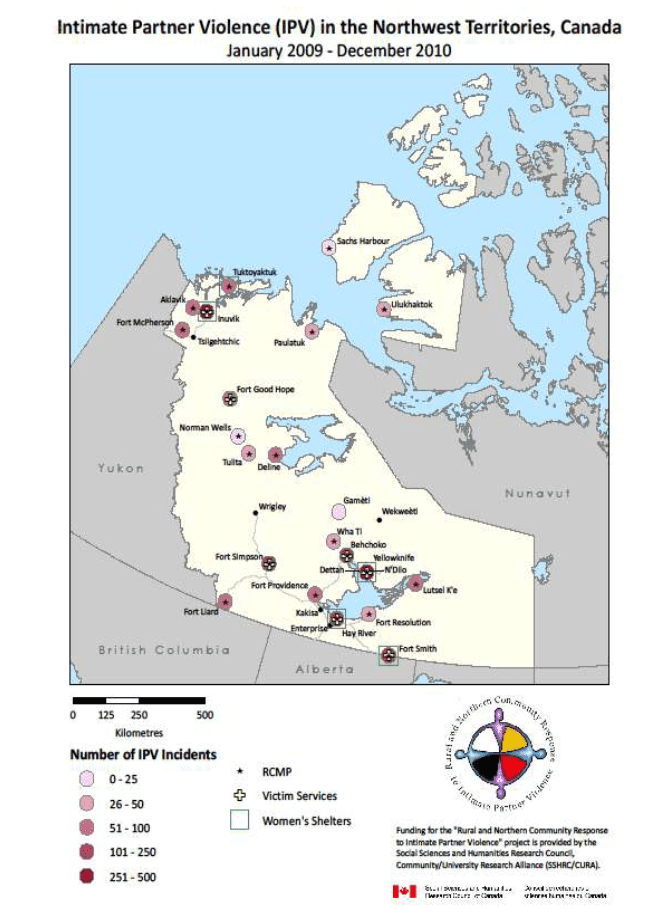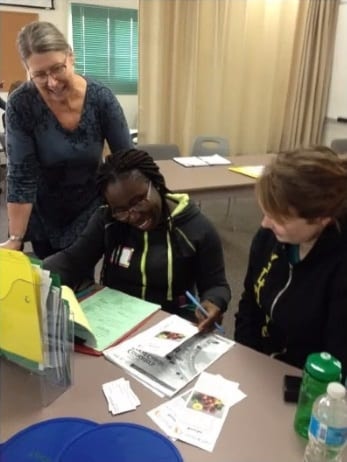Intimate-partner violence is still one of the most significant barriers to a healthy quality of life for women in the NWT and both the birth rate and percentage of breastfeeding mothers are trending downward.
That's the latest update on the state of women's health in the NWT, which Aurora Research Institute (ARI) health research program manager and instructor Dr. Pertice Moffitt gave a summary of as part of the ARI's Virtual Speaker Series on Jan. 13.
Moffitt went over the highlights of 10 years of social science research on numerous women's issues across the north.
"I have view the world through a gendered lens since I was a child," she said in her opening remarks. "Women's health, if we're looking for a definition of it, is the effect of gender on disease and health that encompasses a broad range of biological and psycho-social issues."
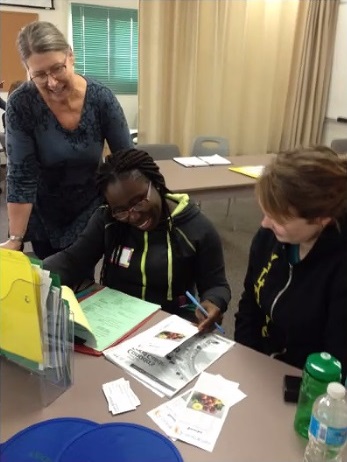
Photo courtesy Aurora Research Institute
Noting her field of work covers a vast swath of more specific fields, Moffitt highlighted everything from efforts towards mapping where intimate partner violence occurred to working towards reducing diabetes diagnoses in the NWT.
Under the HealtheSteps program, Moffitt and nursing students Adoma Asiedu and Constance Afoakwah worked to monitor what people are eating and how much they're moving. The Department of Health and Social Services (DHSS) states that, as of 2016, upwards of 10 per cent of the NWT population over 24-years old is living with type 2 diabetes, so Moffitt got involved in the pilot project to encourage lifestyle changes.
"We had student coaches who worked within the project," she said. "Education is very empowering for women. The other thing they completed was a photo voice of how people stayed healthy and what they did."
Noting the DHSS has found the rate of violence against women in the north is 10 times the national average, Moffitt said ongoing effects of colonization and the intergenerational impact of residential school trauma were both major factors in intimate partner violence in the north, but the limited resources available to women in dangerous situations and social isolation exacerbated the problem.
"Violence continues to be normalized as a way of life," she said. "There continues to be shame and blame attached to violence, that is most-often directed at women who are the survivors of the violence, not the perpetrators of the act.
"It is complicated and we know that it's influenced by many systemic issues and social determinants, such as unemployment, poverty, housing, lack of early life education, gender, health services, social exclusion, substance use and even the ability to get safe transportation out of the abuser's territory.
"Colonialism that has lead to a culture of violence and silence in many of our communities."
A third area of study Moffitt highlighted was a 2015 survey of women in the NWT and the challenges they face to their quality of life. Participants said being socially connected, active, feeling independent, safe and secure, as well as staying connected with traditional knowledge and practices and having a sense of place in the world were all major contributors to a high quality of life. However, the ongoing consequences of colonialism and residential schools weighed heavily on those surveyed, as it had led to a loss of cultural traditions and elder abuse. Social isolation, the high cost of living, lack of medical support, pollution of country foods, alcohol and drug addictions and overcrowding in poor housing were all major detractors from overall quality of life.
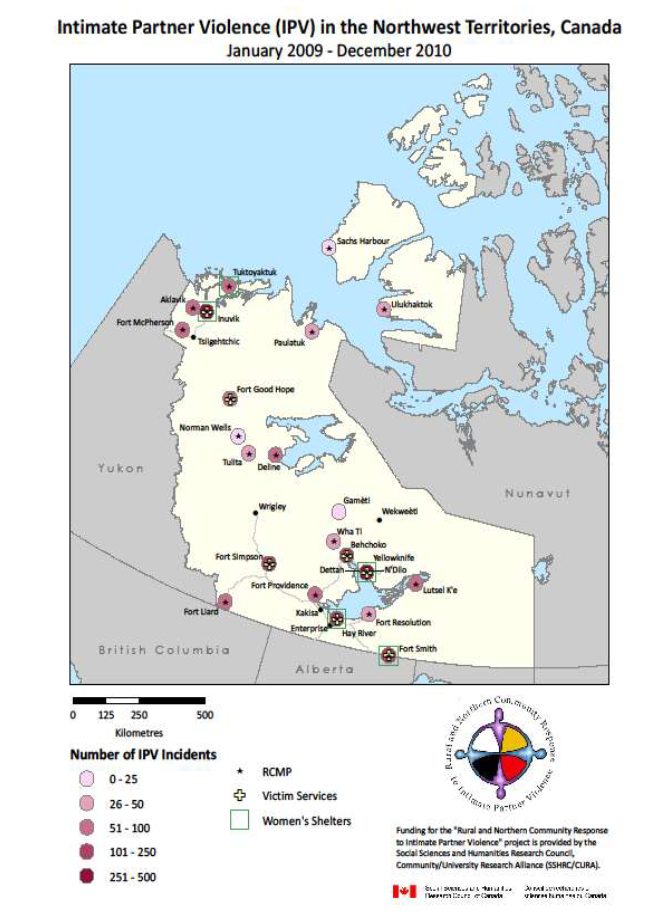
Photo courtesy Dr. Darlene Juschka, Dr. Mary Hampton, and Ms Tracy Knutson - Community Research Unit
Another element Moffitt wanted to draw attention to was a study of breastfeeding in the NWT. A 2018 study identified that while 82 per cent of mothers breastfed their newborns in the hospital, the practice dropped off at home to between 17 to 60 per cent, depending on where in the territory. Issues preventing mothers from breastfeeding ranged from complications from tuberculosis to the ramifications of residential school trauma, as well as social stigmas associated with the practice.
"Mothers shared there is a great deal of judgmental discourse around their feeding decisions and practices," said Moffitt. "There is scrutiny to this day in feeding babies in public. Some mothers want the fathers to share in the feeding and for that reason they introduce the bottle."
She added the lessons learned from the 2018 study had now been implemented into the NWT's nursing curriculum.
Moffitt is nowhere near done in her work, however. Next on her agenda is a conference on the Canadian Domestic Homicide Initiative for Vulnerable Populations, which will be held by way of Zoom on May 11-14, which is an effort to fulfill one of the recommendations of the Truth and Reconciliation Commission. The initiative maintains a domestic homicide database and facilitates Domestic Violence Death Review committees, which Moffitt wants to bring to the north.
"They review deaths and try to identify where could have we intervened to try to prevent this tragedy so that hopefully we don't have more deaths," she said. "The Canadian Femicide Observatory for Justice and Accountability has also identified that one woman or girl is killed every other day, on average, somewhere in our country."
According to the NWT Bureau of Statistics, as of 2020 there were 21,930 women in the NWT, making up slightly less than half of the population of 45,161. Of those women, 6,594 are over 60 years old and 14,146 are between the ages of 25 and 44. The NWT Health Status Chartbook notes births have been trending downward over the last decade, with 581 recorded in 2019 compared to 711 in 2009.
